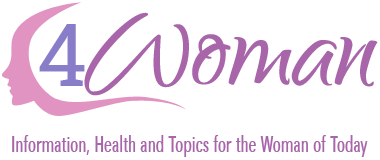Types of Acne Lesions
There are four specific types of acne lesions. Papules are small-inflamed lesions that are pink, bumpy and can be tender to touch. Pustules are lesions that are red at the base and have an inflamed or puss filled inner region. Nodules are large lesions that happen deep in the skin and are extremely painful to touch. Cysts also occur deep within the skin and are typically highly inflamed, puss filled regions that are several painful. Cysts acne is most likely to result in scarring.
Papule Lesions
Papule lesions are typically conical elevations on the skin. They are usually small and solid. They are distinguished from pustules because they do not contain puss. Papules are typically found in clusters and can sometimes be found along side rashes.
Papules are caused by a condition called papulosis. These conditions are lymphomatoid papulosis, bowenoid papulosis and clear cell papulosis. Causes of papules include the following:
- Infection or abrasion of the skin can lead to inflammation, which can then cause papule lesions.
- An accumulation of secreted skin tissues called hyperplasia or glandular fluids.
- The presence of an infection such as disseminated histoplasmosis.
- A hypertrophy of skin cells.
Pustule Lesions
Pustule lesions are because of puss that collects in a cavity formed by tissue after an infectious process caused by either bacteria or parasites or foreign materials. Pustules are a part of the body’s defensive reaction to prevent the spread of infectious materials to other parts of the body.
In the case of acne bacteria, typically gains access to a part of the tissue and kills the local cells, which then release toxins. These toxins trigger an inflammatory response, which increases the blood flow and draws white blood cells to the area. Puss is a collection of local dead tissue cells, white blood cells, infecting organisms or foreign material and toxins released by both the organisms and the blood cells
The signs of the inflammatory process that results in pustule lesions are redness, heat, swelling and pain. Pustules will occur in any kind of solid tissue but typically occur on the skin surface.
Nodule Lesions
A nodule is a small aggregation of cells. Nodules will typically form in response to injury. They are usually benign and painless if they occur close to the skin surface. When they are deep in the tissue, they can be extremely painful. Very few people have the nodule form of acne.
Cyst Lesions
Cysts are a closed sac that have a distinct membrane and develop an abnormal cavity or structure on or in the body. They can occur because of a developmental error in the embryo during pregnancy or during infections. Other times cysts can develop spontaneously with no apparent cause. Depending on the location of the cyst, they may have a negative effect on surrounding tissues. Cysts can contain air, fluids or semi-solid material.
Blackheads
Another form of acne that comes from a lesion is blackheads. Sometimes they are also referred to as an open comedone. They are usually a yellowish or blackish bump or plug on the skin surface. Blackheads are caused by excess oils that accumulate in the sebaceous gland’s duct. They can be caused by a build up of oil, makeup or dirt. Inside blackheads, there is typically keratin and a modified sebum. Some factors that cause blackheads include:
- A lack of water in a person’s system.
- An excess of dead skin cells that block the pore opening.
- An excess production of facial oil.
- A poor cleansing routine that does not remove all the facial oil can result in blackheads.
- Scrubbing the skin excessively can result in blackheads.
- Use of cosmetic products such as foundations, sunscreens and moisturizers with high amounts of oil in it will cause blackheads.

